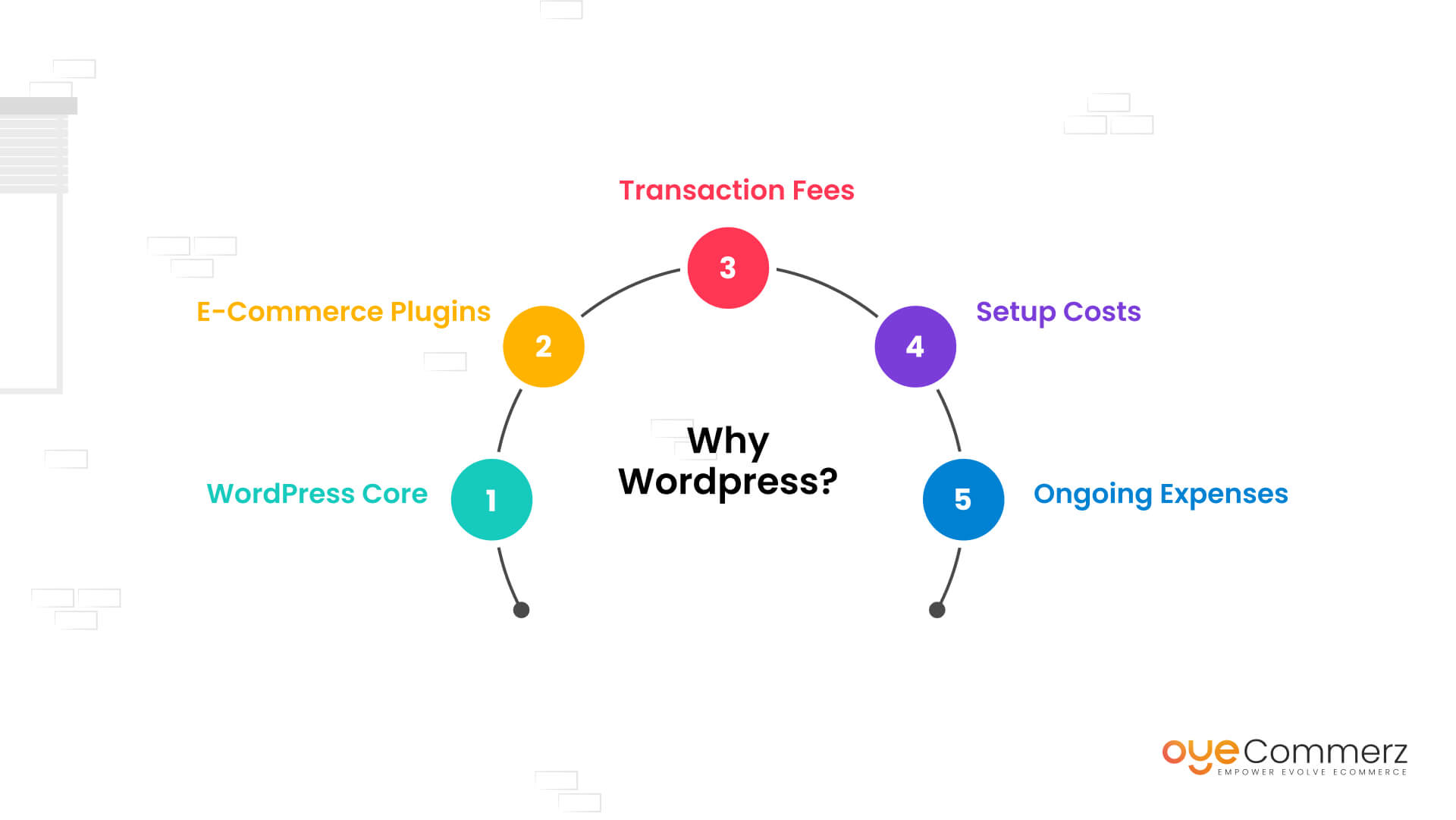Transitioning from WordPress to Shopify marks an promising step toward optimizing your e-commerce operations. As companies expand, choosing a solution that supports growth potential, user experience, and flexibility becomes crucial. Shopify is widely recognized as a preferred choice for e-commerce professionals, offering unmatched adaptability, data protection, and user-friendliness. In this guide, we will delve into why this migration is a game-changer, highlight the advantages, and share practical tips to facilitate a seamless move.
1. Top Reasons to Transition from WP to Shopify
WordPress, paired with WooCommerce, has served countless e-commerce platforms. Nevertheless, as businesses expand, challenges like reliance on plugins, data risks, and technical complexities often obstruct growth. Shopify, designed explicitly for e-commerce, eliminates these concerns with an comprehensive, user-friendly solution. Statistics supports this shift—Shopify powers over 4.4 million stores worldwide, with a reported 10% boost to sales conversion rates for numerous merchants after migration.
2. Key Benefits of Shopify for E-commerce Success
Shopify’s powerful platform caters for scaling brands. Its standout features are:
- Effortless Design Flexibility: Shopify provides over 80 expertly crafted themes.
- Integrated Tools: Capabilities such as Shopify Payments and integrated SEO save time and effort.
- Global Reach: Currency versatility and regional customization empower businesses to reach global markets.
Additionally, Shopify delivers an uptime rate of 99.98%, guaranteeing your website remains accessible.
3. Getting Ready for Your WordPress-to-Shopify Transition
Before migrating, assess your existing setup. Analyze product data, customer details, and search engine rankings. Resources such as Shopify’s Migration Kit or third-party solutions can simplify this process. Create a comprehensive plan, ensuring all assets—product descriptions, images, and articles—are ready for seamless import.
4. The Importance of Accurate Data Migration
Data migration is a cornerstone of a smooth transition. When moving from WP to Shopify, focus on:
- Product Information: SKU, descriptions, and categories.
- Customer Data: Emails, order history, and preferences.
- Search Engine Considerations: Preserve meta tags, URLs, and forwarding paths to maintain search rankings.
Leverage tools such as LitExtension to streamline data transfer while Shopify migration tools reducing mistakes.
5. Customizing Your Shopify Store
After the move, personalizing your Shopify store helps it reflects your business identity. Take advantage of Shopify’s intuitive page builder to create layouts with ease. Shopify's templates are optimized for all devices, ensuring a smooth UX across devices—a key point, given 74% of online shopping is generated by mobile visitors.
6. How to Protect Your SEO Rankings When Switching Platforms
Search engine optimization is crucial for preserving your online presence during migration. Shopify excels in SEO with clean URL structures, built-in optimization tools, and smooth content management. Make sure you:
- Implement 301 redirects for old URLs.
- Enhance updated content with targeted phrases.
- Leverage plugins like Plug in SEO to track analytics after the switch.
7. Post-Migration Testing
Once the migration is complete, run detailed checks.
Review: - Page load times (Shopify boasts faster speeds compared to WordPress).
- Payment integration reliability and transaction flow.
- Adaptability across devices.
Quality assurance ensures your store delivers a seamless shopping experience from the start.
8. Real-Life Success Story
An example of effective platform switching is Gymshark, a sportswear company that transitioned to Shopify. Post-migration, the company experienced a 60% boost in mobile sales and significantly lowered site downtime. This showcases the potential of Shopify in driving online business success.
9. Challenges and Solutions
Migration is not without obstacles, such as information accuracy and adjusting tailored features. However, Shopify’s robust support and external professionals simplify the process. Partnering with experienced Shopify developers helps guarantee a trouble-free transition.
10. Starting Your Journey with Shopify
Migrating from WP to Shopify marks a forward-thinking approach to online retail. By focusing on growth, simplifying management, and improving buyer satisfaction, Shopify enables companies to succeed in competitive markets.
Final Thoughts
Transitioning from WordPress to Shopify offers a smart solution that can significantly boost your e-commerce success. With a robust migration plan, the appropriate resources, and professional guidance, you can unlock new success milestones.
Ready to make the leap? Let’s discuss how our Shopify migration services can transform your online store. Contact us now, or ask yourself: E-commerce platform migration Can your business afford to miss out on Shopify’s growth potential?
